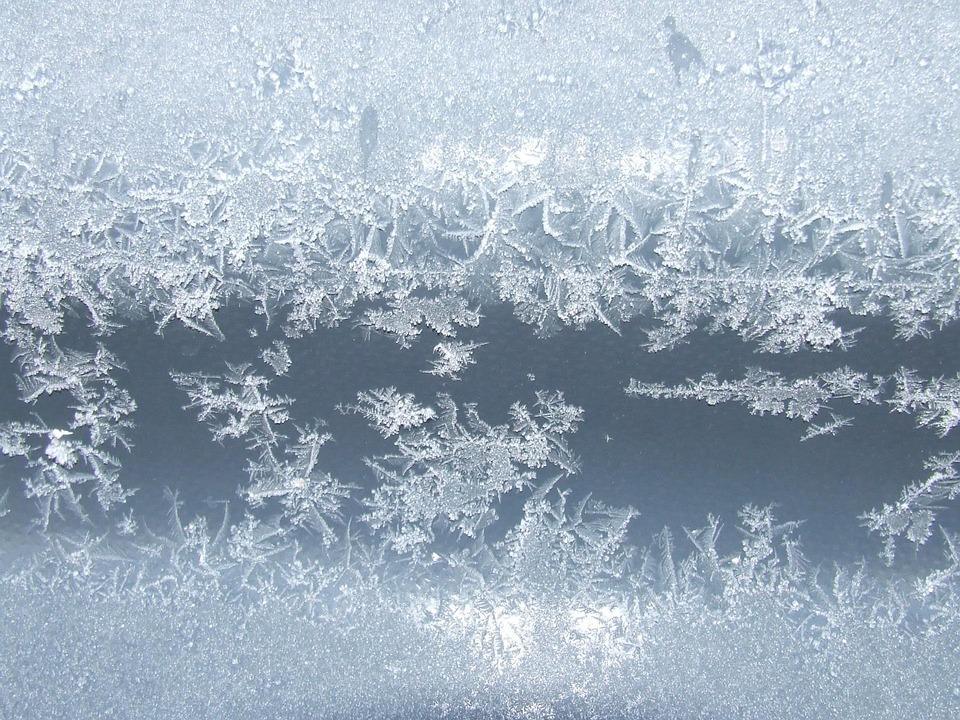Windows 8 freezing issues can be incredibly frustrating. You’re in the middle of an important task, and suddenly, your screen is frozen, leaving you staring at an unresponsive desktop. It’s not just an annoyance; it can disrupt your workflow and make you feel powerless. But don’t let this hiccup derail your day! With the right approach, you can tackle these freezing issues head-on and regain control.
Understanding why your Windows 8 device freezes is essential. This operating system, while innovative, can sometimes struggle under the weight of various applications, outdated drivers, or even pesky malware. The good news? There are practical, quick fixes that can help you get back to work without breaking a sweat.
Contents
Why Does Windows 8 Freeze?
Before diving into solutions, let’s explore the common causes behind Windows 8 freezing:
- Outdated Drivers: Drivers are crucial for your hardware to communicate with your system. Outdated ones can cause conflicts.
- Insufficient RAM: If your computer doesn’t have enough memory to run your applications, it may freeze.
- Malware: Malicious software can wreak havoc on your system’s performance.
- Software Conflicts: Sometimes, applications don’t play well together, leading to freezing.
- Overheating: A hot computer can slow down or freeze entirely.
Knowing these culprits helps you understand why things go haywire. Now, let’s jump into those quick fixes!
1. Update Your Drivers
One of the first steps to take when dealing with Windows 8 freezing issues is to update your drivers. Outdated or corrupt drivers can lead to poor performance and freezing.
How to Update Drivers:
- Step 1: Press
Windows + Xand choose Device Manager. - Step 2: Expand the categories and right-click on the device you want to update.
- Step 3: Select Update Driver Software and follow the prompts.
Regularly updating your drivers can significantly improve your system’s functionality. For more details on driver updates, check out Microsoft’s official guide.
2. Free Up Memory
If your computer is low on RAM, it can lead to sluggish performance and freezing. Here’s how to free up some memory:
- Close Unnecessary Programs: Check your open applications and close any that are not in use.
- Disable Startup Programs: Some programs launch automatically and use memory. To manage these:
- Press
Ctrl + Shift + Escto open Task Manager. - Go to the Startup tab and disable programs you don’t need.
- Press
Tip: Consider adding more RAM if your budget allows. It can make a world of difference!
3. Run a Malware Scan
Malware can be a sneaky cause of system freezes. Regularly scanning your computer can help catch and eliminate these pests.
How to Scan for Malware:
- Use Windows Defender or any reputable antivirus software.
- Perform a full system scan to ensure that no malicious software is lurking.
For more on malware prevention, visit the CDC’s information page.
4. Check for Software Conflicts
Sometimes, the problem lies in the software you’re using. Conflicts between applications can lead to freezing issues.
Steps to Identify Conflicts:
- Step 1: Boot your computer in Safe Mode. This runs only the essential programs.
- Step 2: If the freezing stops, one of your applications may be the culprit.
- Step 3: Reboot normally and start closing applications one by one to find the offender.
Once you identify the conflicting software, consider uninstalling or updating it.
5. Adjust for Best Performance
Windows 8 comes with various visual effects that, while attractive, can strain your system. Adjusting for best performance can help with freezing issues.
How to Adjust Performance Settings:
- Step 1: Right-click on This PC and select Properties.
- Step 2: Click on Advanced system settings.
- Step 3: Under the Performance section, click on Settings and select Adjust for best performance.
This change can lighten your system’s load, making it run more smoothly.
6. Check for Windows Updates
Keeping your operating system updated is crucial for optimal performance. Windows updates often include fixes for known issues.
How to Check for Updates:
- Go to Settings > Update & Security.
- Click on Check for updates and install any pending updates.
These updates can enhance security and improve system stability, reducing the chances of freezing.
7. Monitor Your Computer’s Temperature
Overheating can be a silent killer for your computer’s performance. If your device feels unusually warm, it may be time to investigate.
Tips to Prevent Overheating:
- Ensure proper ventilation around your computer. Avoid placing it on soft surfaces like beds or couches.
- Consider using a cooling pad if you’re using a laptop.
- Clean your computer’s vents and fans to prevent dust buildup.
Bottom Line
Dealing with Windows 8 freezing issues doesn’t have to be a headache. By following these seven quick fixes, you can improve your system’s performance and regain your productivity. Regular maintenance is key—keep your drivers updated, free up memory, and stay vigilant against malware.
Don’t let freezing issues hold you back. Take charge of your computer today!
FAQs
Q1: How often should I update my drivers?
A1: It’s best to check for updates every few months or whenever you experience issues.
Q2: What should I do if my computer continues to freeze?
A2: Consider consulting a professional technician if the problem persists despite troubleshooting.
Q3: Can I prevent freezes by upgrading my hardware?
A3: Yes! Increasing RAM or switching to an SSD can significantly enhance your computer’s performance.
Feeling empowered? It’s time to tackle those freezing issues and enjoy a smoother computing experience!








